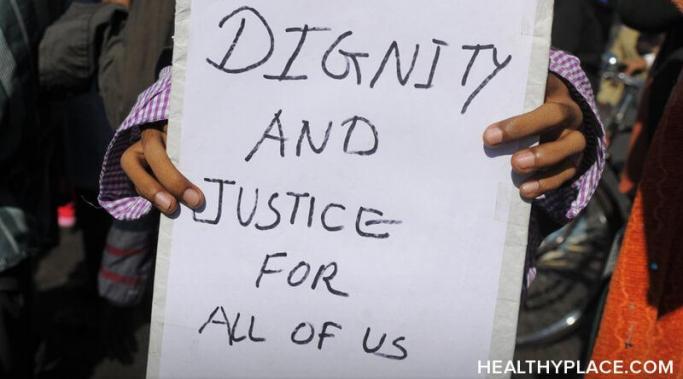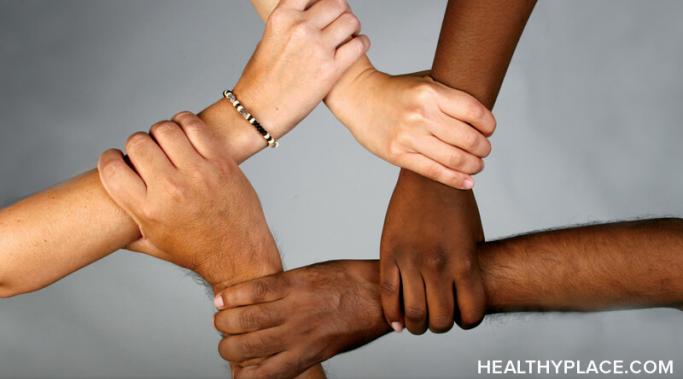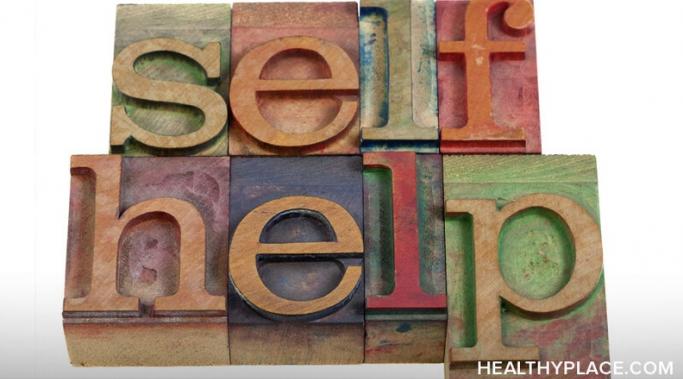Gratitude is important. Mental health issues can significantly impact an individual's self-esteem, often leading to a cycle of negative thoughts and emotions. In such cases, incorporating gratitude practices into daily life can be a powerful tool for fostering self-esteem and promoting mental wellbeing. In my own journey, I have found gratitude to be one of the most powerful states of consciousness to cultivate. When we look at life through the lens of gratitude, even the most challenging circumstances can be reframed in a positive light.
Happiness and Self-Fulfillment
Mental health stigma can affect one's self-esteem. Mental health conditions are a common yet often misunderstood aspect of human life. Despite their prevalence, the stigma attached to these conditions remains a formidable obstacle for those who bear such diagnoses. Negative stereotypes, discrimination, and social isolation experienced by individuals with mental health diagnoses can severely affect their self-esteem. In this post, we will explore the practice of defying the stigma surrounding mental health, emphasizing its role in nurturing self-esteem in those who carry such labels.
A supportive community can benefit our self-esteem. Mental health is an essential aspect of our overall wellbeing, yet we often grapple with it in isolation. The stigma surrounding mental health challenges can make it difficult for individuals to open up about their struggles. However, building a supportive community can be a transformative force in the lives of those dealing with mental health issues. In today's post, I will share my own insights and lived experience on the importance of a supportive community for the self-esteem of those with mental health issues.
We each have successes in our lives, but can we use our successes to increase self-esteem? We all have made goals and achieved them, whether small or large. Yet oftentimes, we overlook these successes when life gets to be overwhelming. Have you forgotten your own successes, or even your inherent worth, when life gets to be too much? In today's post, I would like to remind all of us that self-esteem can be boosted by our successes.
Positive self-talk is important. The choices that we make and the experiences we have shape our ongoing growth process. This includes how we talk to ourselves. Those around us only see a small portion of who we are. However, each one of us knows ourselves best. This is because we live with ourselves every moment of our lives. The internal conversation that we have with ourselves shapes who we are and how we navigate this world. In today's post, I want to share some ideas regarding the importance of positive self-talk.
I work to cultivate my strengths, as living with a mental health diagnosis can present unique challenges to one's self-esteem and overall wellbeing. I know the internal struggles with stigma, self-doubt, and societal expectations can often overshadow my sense of self-worth. However, there is a powerful approach that can help rebuild and enhance self-esteem: focusing on and cultivating one's strengths.
I had somehow convinced myself that my life would be over the moment I walked out of there, completely devoid of confidence and self-worth. That’s a tad dramatic, but at the time, I didn’t know better; I was so clouded by feelings of self-doubt to see beyond the tragedy (as I would have described it at the time) unfolding right before my eyes. You’re a little lost, so let me dial it back for you.
Today, I'd like to wish you all a sincere farewell, as this is my last post for the "Building Self-Esteem" blog. I've been thinking about my work here at HealthyPlace and would love to leave you with a few reflections.
I've long been told to let go of the things I can't control, and I always wondered how. It's not like I can flip a switch and suddenly not stress over the various external circumstances I'm dealing with at the time. For years I tried to tell myself that I would just not care about that stuff. It didn't work very well.
Over the last couple of weeks, I've been working on a new character trait -- being more assertive. Low self-esteem often makes me feel like being assertive is a bad thing. It can feel like I'm outright mean when that's not the case.









